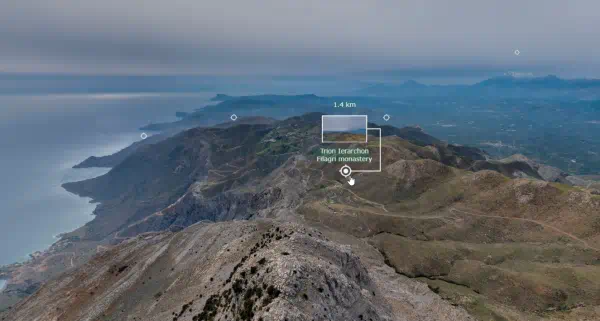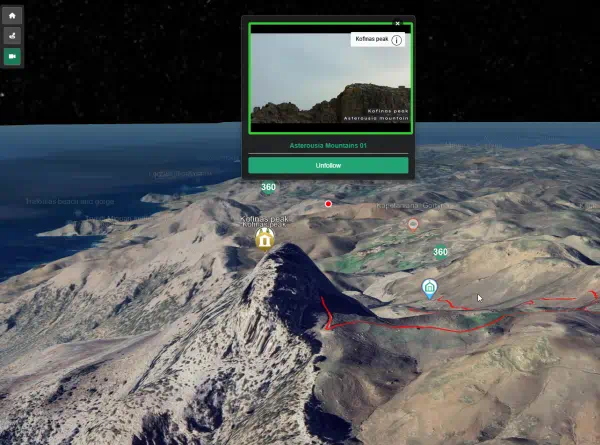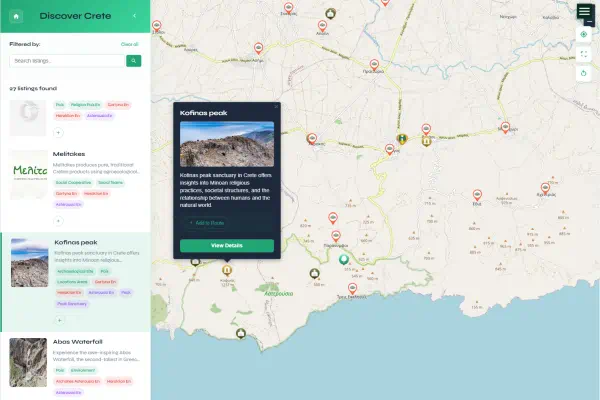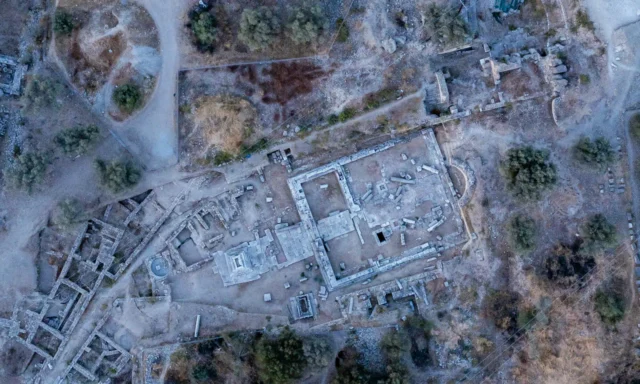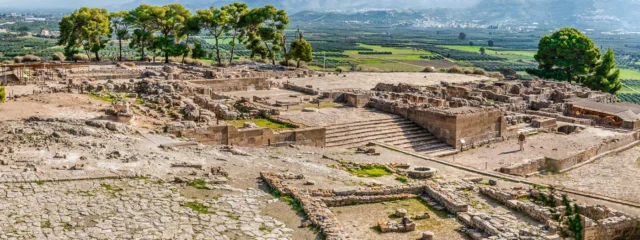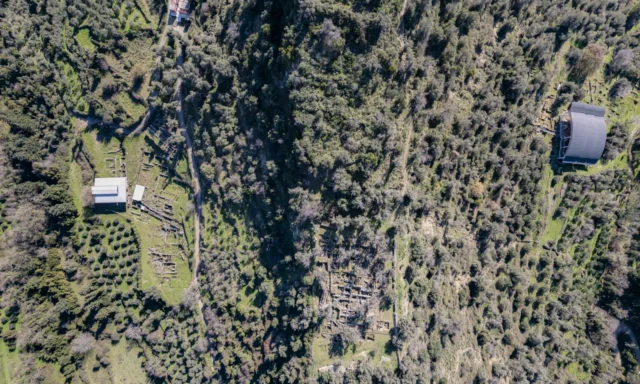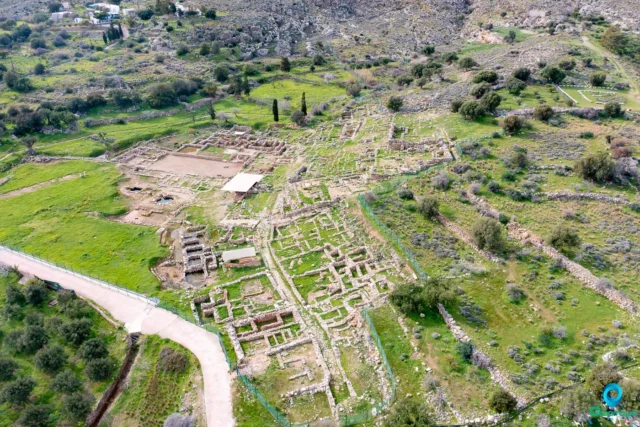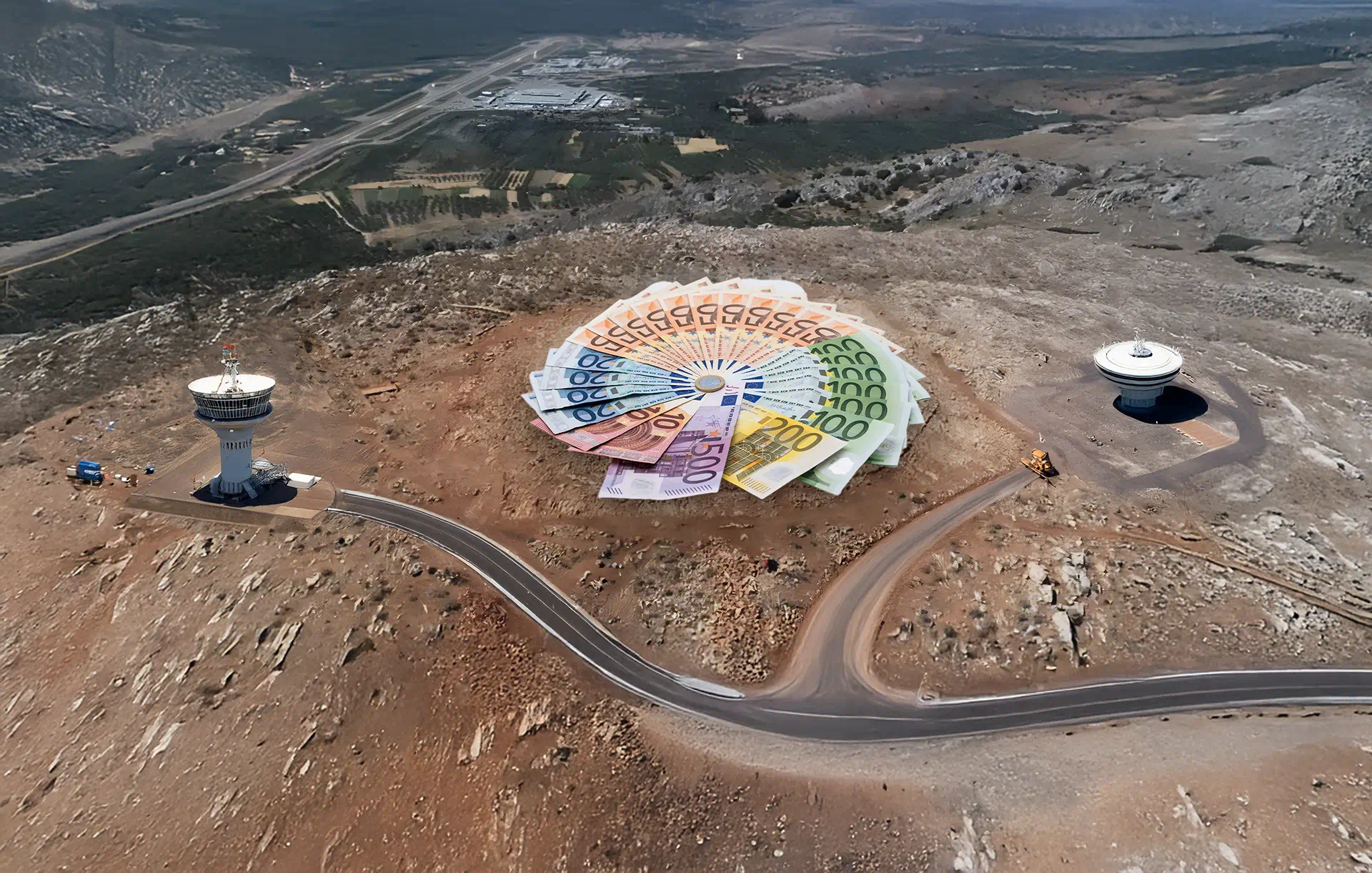In a hard-to-understand move championing a “new vision of coexistence” between ancient history and modern infrastructure, Greece’s Central Archaeological Council (KAS) has formally approved a plan to install high-powered military and civil radar systems directly beside a one-of-a-kind, 4,000-year-old Minoan monument. The decision, carried by a decisive 16-1 vote, greenlights a project that will sandwich the circular labyrinthine structure between two massive technical installations, raising profound questions about the state’s priorities in stewarding its world-renowned cultural legacy.
Some archaeologists conclude that the decision was a foregone conclusion. Honorary Ephor of Antiquities, Antonis Vasilakis, a prominent figure in Cretan archaeology, characterized the process as a “dishonorable, immoral, and illegal manipulation,” stating that council members were simply called to “ratify a premeditated decision”. The presence of concerned archaeologists and local officials was thus reduced to a mere formality in a seemingly predetermined affair.
A New Price on History: The State’s Dual Approach to Heritage
The Council’s flexibility towards this major development project presents a stark contrast to the government’s recent, rigidly enforced policies aimed at extracting revenue from tourists and visitors in the name of heritage.
As of April 1, 2025, a sweeping new ticketing policy for Greece’s 350 state-run archaeological sites and museums took effect. The long-standing 50% winter discount was abolished, and popular multi-site combo tickets were eliminated. This resulted in dramatic year-round price hikes: a ticket to the Acropolis in Athens jumped 50% to a flat €30, while entry to the Palamidi Fortress in Nafplio surged by 150%, from €8 to €20. The stated purpose of this aggressive revenue-generating model was the maintenance and protection of Greece’s cultural assets.
In parallel, the government has cracked down on campervan tourism. New regulations explicitly ban the stationing of motorhomes and caravans outside of official campsites, with a particular focus on coastlines, forests, and the perimeter of archaeological sites. Violators face immediate €300 fines and vehicle removal. The justification for this punitive framework is the “abusive occupation” of sensitive areas and the need to protect the nation’s natural and cultural heritage from degradation.
The Council’s Verdict: A Public Record
The decision to approve the radar installation now rests as a public record of accountability. The sixteen members who voted in favor include some of the nation’s most senior cultural officials and academics, responsible for the stewardship of countless other heritage sites.
Voted “In Favor”:
- Georgios Didaskalou, Secretary General of Culture
- Aikaterini Grigoriou, Vice President of the State Legal Council
- Anastasia Koumousi, Head of the Ephorate of Antiquities of Achaea
- Iris-Erofili Kollia, Head of the Ephorate of Antiquities of Elis
- Elisavet Tsigarida, Head of the Ephorate of Antiquities of Pella
- Athanasia Psalti, Archaeologist, Head of the Ephorate of Antiquities of Phocis
- Pavlos Triantafyllidis, Head of the Ephorate of Antiquities of Lesvos
- Konstantinos Spyrakos, Civil Engineer, Professor of Structural Engineering, NTUA
- Michalis Tiverios, Professor Emeritus of Classical Archaeology, Academician
- Nikolaos Stampolidis, Professor of Classical Archaeology, University of Crete
- Natalia Poulou, Professor of Byzantine Archaeology, Aristotle University of Thessaloniki
- Aikaterini Kyparissi-Apostolika, Archaeologist, Honorary Director of the HMC
- Emmanouil Korres, Professor Emeritus of NTUA, Academician
- Efthymios Lekkas, Professor of Dynamic Tectonics, Applied Geology and Natural Disaster Management, NKUA
- Georgios Panetsos, Professor of Architecture and Urban Design, University of Patras
- Theodora Galani, Architect-Engineer, Urban/Spatial Planner, Honorary General Director of Urban Planning
The only institutional dissent was cast by Chrysoula Karadima, Archaeologist and Head of the Ephorate of Antiquities of Rodopi, who voted against the plan.
A Recipe for “Enhancement”
The approved plan was introduced under the misleading title “protection, conservation, and enhancement of the ancient remains”. In reality, it calls for placing two large radar facilities just 20-30 meters from the monument, requiring extensive earthworks that will effectively trap the ancient structure. The Association of Greek Archaeologists (SEA) called the title “provocative” and “deceptive,” noting that no actual conservation study was ever presented.
The argument of “enhancement” through “coexistence” has been met with incredulity, as any physical shelter required to protect the monument’s fragile masonry would be incompatible with the unimpeded operation of the radar for flight safety reasons.
The Aftermath: A Chorus of Concern
The verdict has triggered a unified front of concern. An international petition signed by over 300 of the world’s most distinguished Cretologists and field archaeologists has transformed the issue into one of global concern. The Municipality of Minoa Pediada, the local governing body, has been a steadfast defender of the monument and its mayor, Vasilis Kegeroglou, has announced that legal recourse at the Council of State is now a primary option. The fate of this unique monument, discovered by chance and now threatened by design, will be decided in the legal and public battles that lie ahead.

